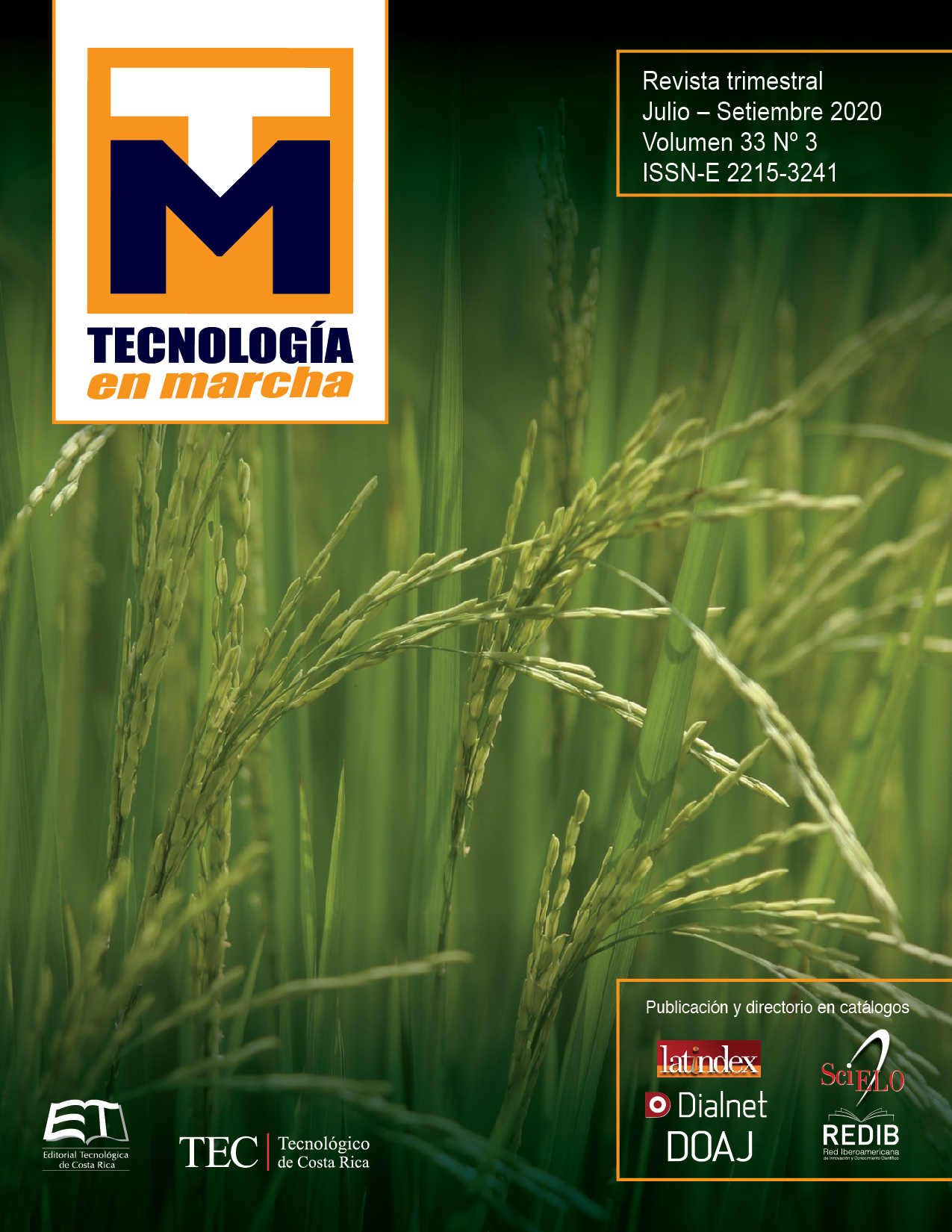Evaluation of the Automated Testing Framework: A Case Study
Main Article Content
Abstract
Developing mobile applications without defects or in a minimum number is an important challenge for programmers and quality assurance teams. Automated software test can be the key to improve the traditional manual testing, often time consuming and repetitive. Mobile applications support user-interaction characteristics, whichareindependentfromtheapplicationlogic.Theyincludecontentpresentationornavigationfeatures,such as scroll or zoom into screens, and a rotating device.
In this paper, an automated testing framework is proposed and evaluated. This framework integrates user- interaction features, historical bug information, and an interest points detector and descriptor to identify new bugs. It has shown that it works well detecting bugs associated with user-interactions.
Article Details

This work is licensed under a Creative Commons Attribution-NonCommercial-NoDerivatives 4.0 International License.
Los autores conservan los derechos de autor y ceden a la revista el derecho de la primera publicación y pueda editarlo, reproducirlo, distribuirlo, exhibirlo y comunicarlo en el país y en el extranjero mediante medios impresos y electrónicos. Asimismo, asumen el compromiso sobre cualquier litigio o reclamación relacionada con derechos de propiedad intelectual, exonerando de responsabilidad a la Editorial Tecnológica de Costa Rica. Además, se establece que los autores pueden realizar otros acuerdos contractuales independientes y adicionales para la distribución no exclusiva de la versión del artículo publicado en esta revista (p. ej., incluirlo en un repositorio institucional o publicarlo en un libro) siempre que indiquen claramente que el trabajo se publicó por primera vez en esta revista.
References
M. Al-Tekreeti, K. Naik, A. Abdrabou, M. Zaman, and P. Srivastava, “A methodology for generating tests for evaluating user-centric performance of mobile streaming applications.” Communications in Computer and Information Science, 991: 406–429, 2019.
D. Amalfitano, A.R. Fasolino, and P. Tramontana, “A gui crawling-based technique for android mobile application testing,” in Proceedings - 4th IEEE International Conference on Software Testing, Verification, and Validation Workshops, ICSTW, 2011, pages 252–261.
R. Anbunathan and A. Basu, “Automation framework for test script generation for android mobile,” Advances in Intelligent Systems and Computing, 731: 571–584, 2019.
H. Bay, T. Tuytelaars, and L Van Gool. “Surf: Speeded up robust features,” in Computer Vision - ECCV , vol. 3951, pages 404–417, 2006.
C. Cagatay, “Performance evaluation metrics for software fault prediction studies,” 9 01 2012.
N.V. Chawla, “Data mining for imbalanced datasets: An overview,” in Data Mining and Knowledge Discovery Handbook. Boston, MA: Springer, pages 853–867, 2017.
T. Chen, T. Song, S. He, and A. Liang, “A gui-based automated test system for android applications,” Advances in Intelligent Systems and Computing, 760: 517–524, 2019.
W. Choi, G. Necula, and K. Sen, “Guided gui testing of android apps with minimal restart and approximate learning,” ACM SIGPLAN Notices, 48(10): 623–639, 2013.
S. Dean and B. Illowsky, Collaborative Statistics. Houston, Texas: Rice University, , 2012.
H.K. Ham and Y.B. Park. “Mobile application compatibility test system design for android fragmentation,” Communications in Computer and In-formation Science, 257 CCIS: 314–320, 2011.
C. Hu and I. Neamtiu, Automating gui testing for android applications,” in Proceedings - International Conference on Software Engineering, 2011, pages 77–83.
J. Kaasila, D. Ferreira, V. Kostakos, and T. Ojala, “Testdroid: Automated remote gui testing on android,” in Proceedings of the 11th International Conference on Mobile and Ubiquitous Multimedia, MUM 2012.

